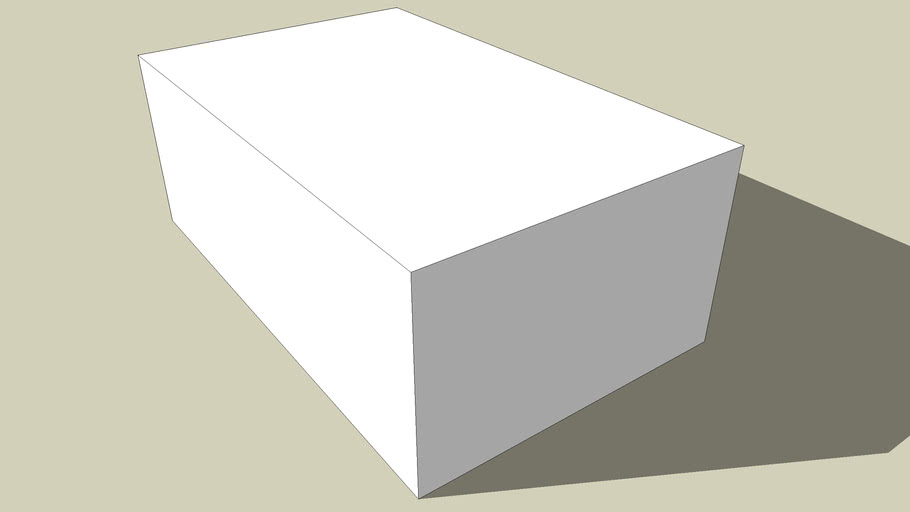A prism is defined as a polyhedron with two polygonal bases which are parallel to each other. A Rectangular Prism is a prism with two parallel rectangular bases and four rectangular faces. The area of the rectangular prism’s surface is the sum of the areas of its lateral faces and rectangular bases. Square units are used to measure the surface area of a rectangular prism.
A rectangular prism’s surface area is the total area or region covered by its six faces. Prisms are solids with flat parallelogram sides and polygon bases that are identical. Prisms are classified into several types, including triangular prisms, square prisms, rectangular prisms, pentagonal prisms, hexagonal prisms, and so on. You will learn more about the surface area of a rectangular prism in this article.
Rectangular Prism Surface Area Formula
To calculate the surface area of a rectangular prism, simply add the areas of the prism’s faces together. There are two types of areas in a rectangular prism:
Finding the total area of all six faces of a rectangular prism allows you to calculate its total surface area. The formula for calculating the surface area of a rectangular prism is as follows:
- Total Surface Area of Rectangular Prism
- Lateral Surface Area of Rectangular Prism
A rectangular prism’s total surface area equals 2(lb + bh + lh) square units.
Lateral surface area of a rectangular prism equals 2(l + b) h square units
Where, l equal the length of the rectangular prism,
b equals the breadth of the rectangular prism
h equals the height of rectangular prism
For understanding the topic in a fun way, do visit Cuemath, where the tutors are experts in Maths and you learn Maths in the most interesting manner.
Example of Surface Area of Rectangular Prism
Assume you have a box that needs to be wrapped as a gift. You must calculate the amount of wrapping paper required to cover it. To start with, you must know the sum of the areas of the box’s six surfaces (four lateral side surfaces, top surface, and bottom surface).
A rectangular prism is divided into two types: right rectangular prisms and oblique rectangular prisms. The right rectangular prism’s bases are perpendicular to each other, whereas the oblique rectangular prism’s bases are not aligned one above the other.
What is the Volume of Rectangular Prism?
The volume of a rectangular prism is a measurement of its total capacity. Consider a rectangular container filled with water. In this case, the volume is defined as the total amount of water that the container can hold. A prism is a polyhedron, which is a solid three-dimensional object with identical bases, flat rectangular side faces, and the same cross-section all the way around. The shape of the base of a prism determines its classification. Three-dimensional shapes include rectangular prisms. It has six faces, all of the prism’s faces are basically rectangles.
Volume of Rectangular Prism Formula
A rectangular prism has 2 parallel rectangular bases and four rectangular faces. In mathematics, any polyhedron with all of these properties is referred to as a Cuboid. The volume of any prism is the capacity or space that it can occupy, and we know that the volume of any prism is obtained by multiplying its base area by its height. In other words, the volume of a prism equals the base area multiplied by the height.
Therefore, the volume of a rectangular prism can be calculated by multiplying the prism’s length, width, and height, and is measured in cubic units (cm3, m3, in3, etc). We will go over the formulas for calculating the volumes of various types of rectangular prisms.
This formula will also be used to calculate the volume of a rectangular prism. We know that a rectangular prism’s base is a rectangle. We get the volume of a rectangular prism (V) = l × w × h by applying the above formula to a rectangular prism.
- “w” denotes the base width
- “l” denotes the base length
- “h” denotes the height







